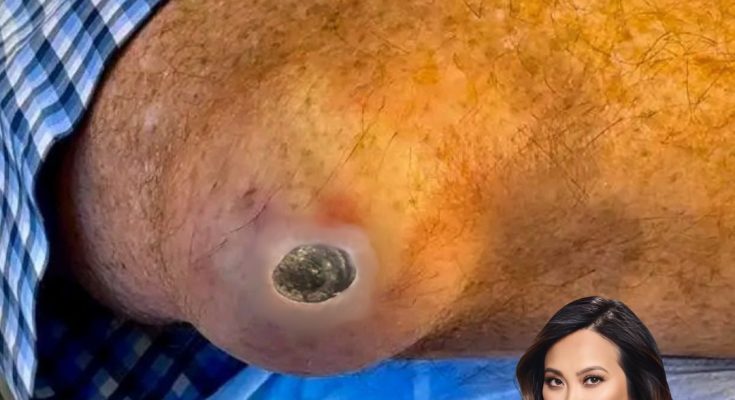If you’ve noticed small blackheads or whiteheads in your armpits, you’re not alone. These pesky blemishes, known as armpit comedones, can be annoying, uncomfortable, and even embarrassing. While comedones are most commonly associated with the face, they can appear anywhere with hair follicles and oil glands—including the underarms.
What Are Armpit Comedones?
Comedones are clogged pores caused by a buildup of oil (sebum), dead skin cells, and dirt. They can be classified as:
-
Blackheads (open comedones): Darkened pores due to oxidation.
-
Whiteheads (closed comedones): Small, white bumps that remain covered by a thin layer of skin.
Because the armpits are warm, moist, and prone to friction, they create the perfect environment for clogged pores to develop.
Causes of Armpit Comedones
Several factors contribute to comedones in the armpits:
-
Excess Oil Production: Overactive sebaceous glands can lead to clogged pores.
-
Sweat and Friction: Tight clothing and constant movement can trap sweat and debris in pores.
-
Deodorants & Antiperspirants: Some products contain pore-clogging ingredients like aluminum and fragrances.
-
Shaving or Waxing: These hair removal methods can irritate the skin, increasing the risk of clogged pores.
-
Hormonal Changes: Hormones affect oil production, leading to more comedones, especially during puberty or pregnancy.
How to Treat and Prevent Armpit Comedones
-
Exfoliate Regularly: Use a gentle exfoliating scrub or a salicylic acid wash to clear dead skin cells and prevent buildup.
-
Wear Breathable Clothing: Opt for loose, moisture-wicking fabrics to reduce friction and irritation.
-
Choose Skin-Friendly Deodorants: Look for fragrance-free, non-comedogenic formulas.
-
Keep the Area Clean and Dry: Shower daily and pat your armpits dry to prevent bacteria buildup.
-
Consider Retinoids: Over-the-counter retinol or prescription-strength tretinoin can help unclog pores.
Final Thoughts
Armpit comedones may be stubborn, but with proper skincare, they can be managed. If they persist or become inflamed, a dermatologist can offer specialized treatments like extractions or chemical peels.



